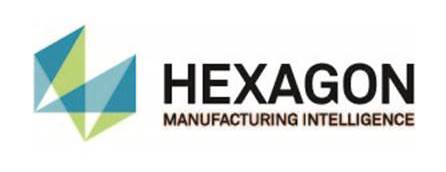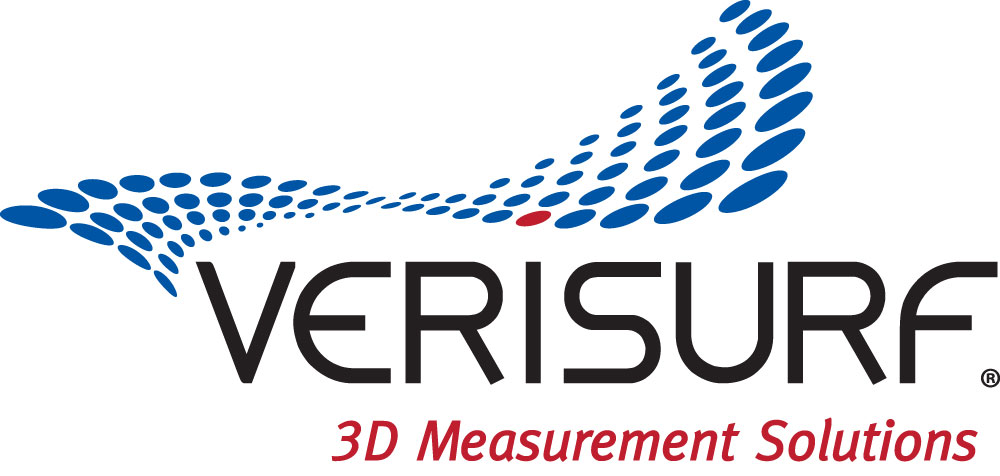Creating a new concept in Performance-built Sport Catamarans
Short Abstract
The high-performance boat building industry has forever been focused on hydrodynamics in hull design. New lightweight, outboard-powered catamarans have created a new kind of vessel, which flies as much as it floats during operation. An existing championship catamaran hull has been scanned using portable articulating arms located within a common reference coordinate system by a laser tracker. This point cloud data will be used for the creation of a variety of aerodynamic treatments that can be tested and refined. The point cloud data was used to create a CAD model which represents the existing boat conditions. This CAD data will be used for CFD analysis as well as 3D printing a scale model for wind tunnel testing. To bring the new performance hull to completion, several requirements must be met: First, the latest hydrodynamic hull design must be employed for speed, safety and maneuverability; second, the latest and most advanced aerodynamic hull and top-side deck designs must be employed to reduce drag and increase safety; and third, a transferable matrix must be developed so that all knowledge gained through this process can be retained and utilized.
Scott S. Porta, Porta Performance
538 Canal Street, Suite 303
New Smyrna Beach, FL 32168
Leslie Baker, FARO Technologies, Senior Applications Engineer
250 Technology Park, Lake Mary, Florida.
248-912-8350
Michelle Edwards, FARO Technologies, Global Director Applications Engineering
250 Technology Park, Lake Mary, Florida.
386-846-9997
Michelle.edwards@faro.com






